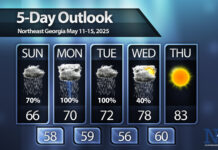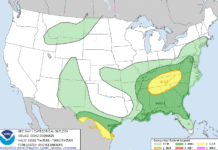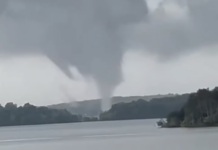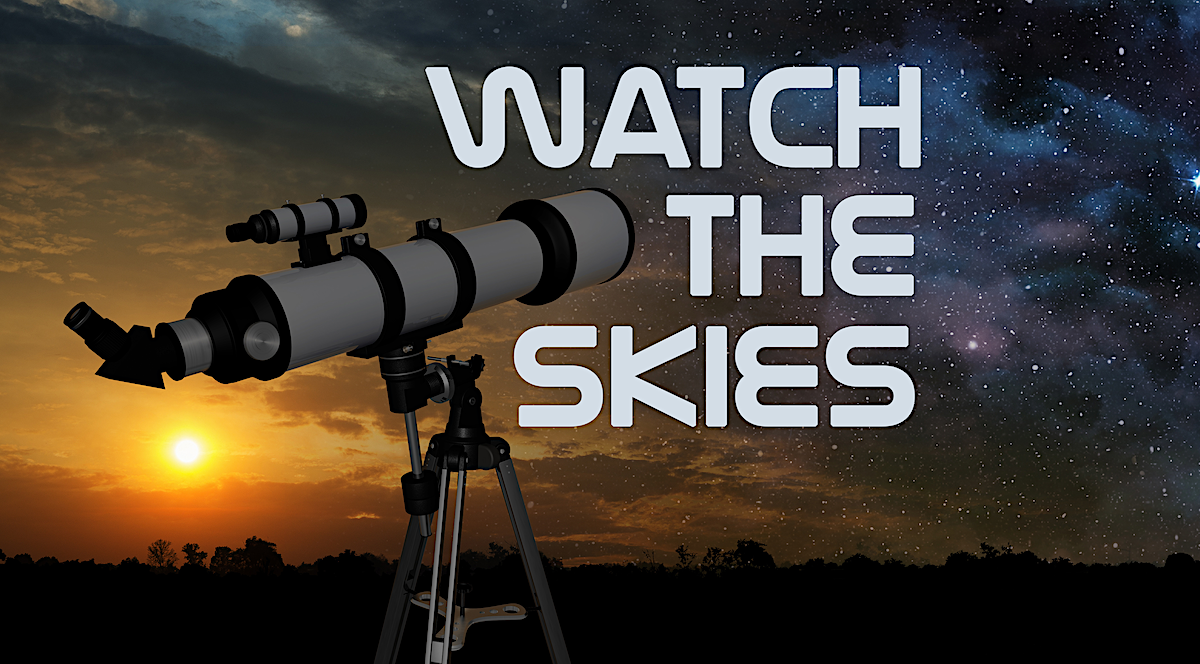
The biggest meteor shower on the year is upon us once again: the Perseids.
Every August, the Earth passes through the debris stream of the comet Swift-Tuttle. Swift-Tuttle is a periodic comet that has a period of between 20 and 200 years. The varying orbital period is due to interactions with Jupiter that happen regularly and make small changes to it’s orbit. The first time the comet was recorded by the Chinese in the year 69B, and they recorded it becoming very bright in the year 188. Modern records of the comet begin in 1862 when it reached naked eye brightness again. It’s most recent visit to the inner solar system came in 1992. Swift-Tuttle is one of a handful of large objects that comes close to the Earth. While an impact isn’t happening any time soon, it is possible that over the next few thousand years it could eventually hit the Earth. The next close pass won’t come until it returns to the inner solar system in 2126 when it will pass a mere 14.2 million miles from Earth (a relatively tiny distance).

Since it is so large and regularly passes through our orbit, it is responsible for leaving a thick trail of dust and rock behind for the Earth to plow through. It does so every August, usually between the 9-14. The shower officially runs from mid-July to mid-August but it always peaks in the 2nd week of August when the Earth passes through the thickest part of the dust cloud. While the Geminid meteor shower in December historically produces more meteors per hour, the Perseids falling during the warmer months makes it possibly the best shower of the year since you don’t have to freeze to see it.
It is believed this meteor shower may gradually weaken over the coming years as Earth passes through less dense areas of the cloud, but that won’t be a problem this year.
From our point of view, the radiant, or the place the meteors appear to come from, is in the constellation Perseus. This is where the shower gets it’s name, and is based on Greek mythology. In August Perseus rises around local midnight making for the best viewing hours between midnight and dawn. In 2020, meteor rates reached around 100/hr in dark skies.
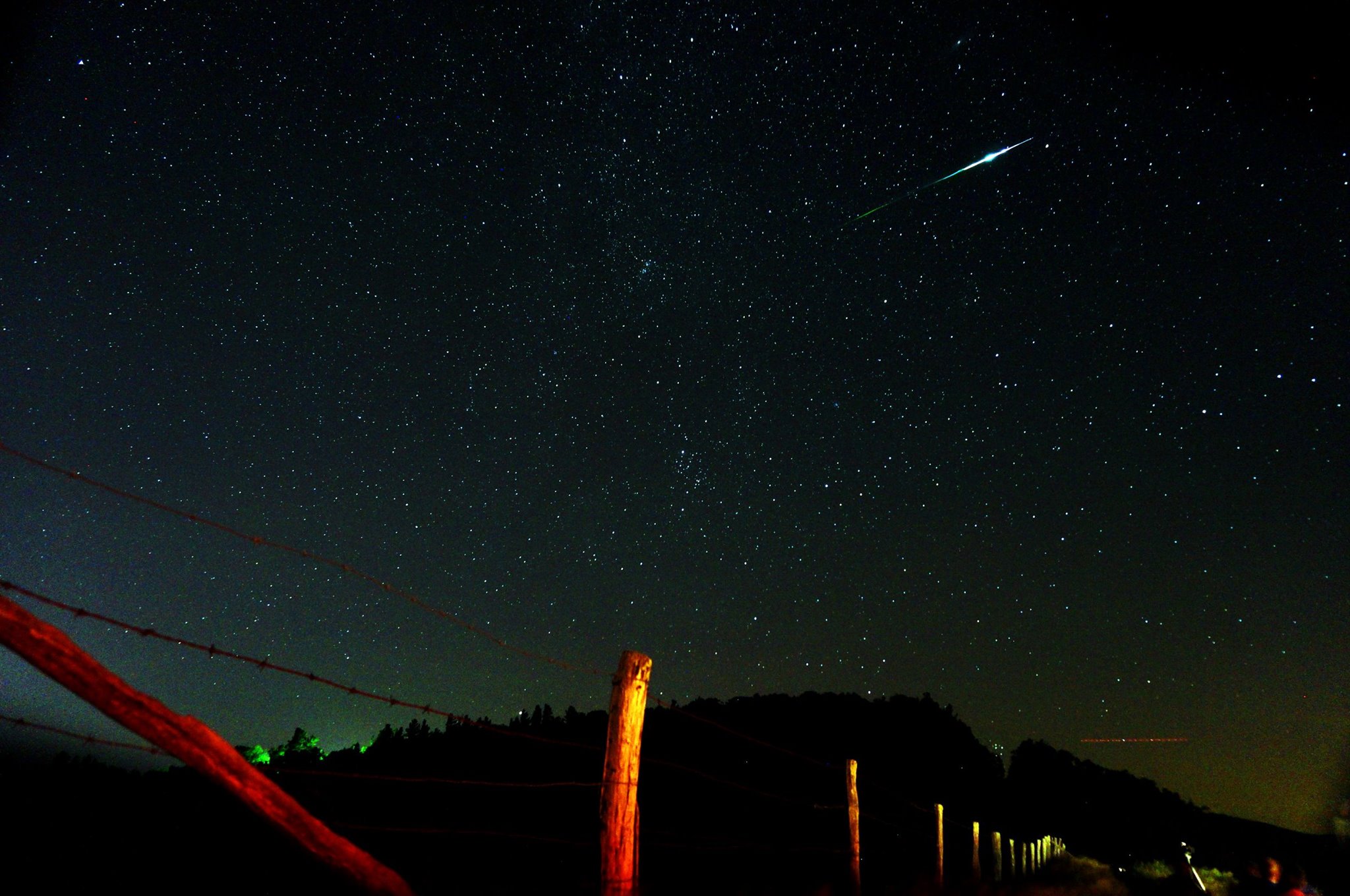
This year, the Perseids will be peaking on the night of the 11th into the morning of the 12th, Wednesday night into Thursday morning. Rates of 60/hr are likely in dark skies with less visible the more light pollution you have. The best time to look is always between midnight and dawn when our side of the Earth is plowing directly through the dust stream. Luckily, the moon won’t be in the way this year with the new moon occurring on the 8th. This means the moon will set early on in the night leaving perfectly dark skies for meteor viewing!
So this coming Wednesday night keep your fingers crossed for clear skies and get out to enjoy this yearly visitor!


